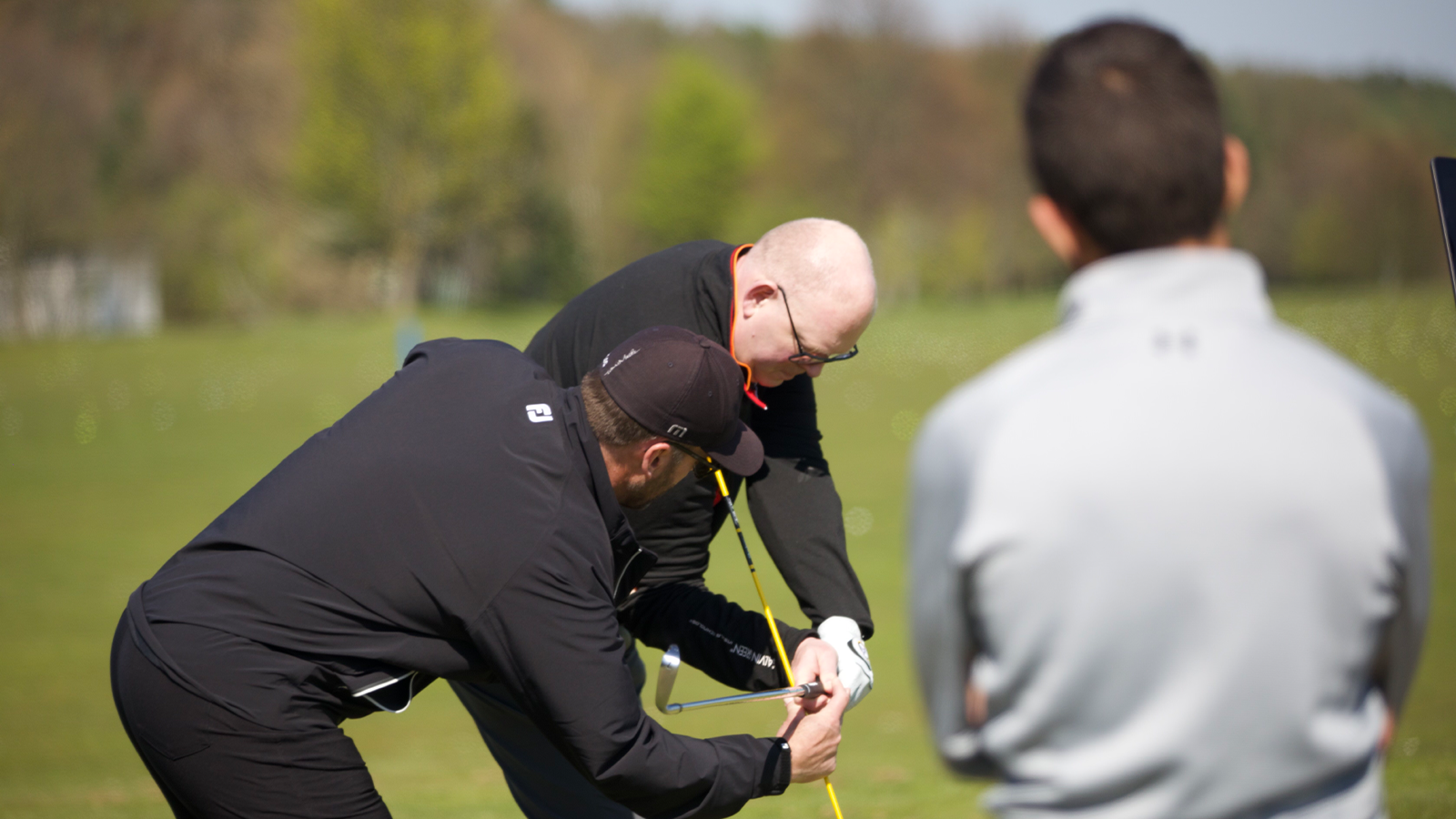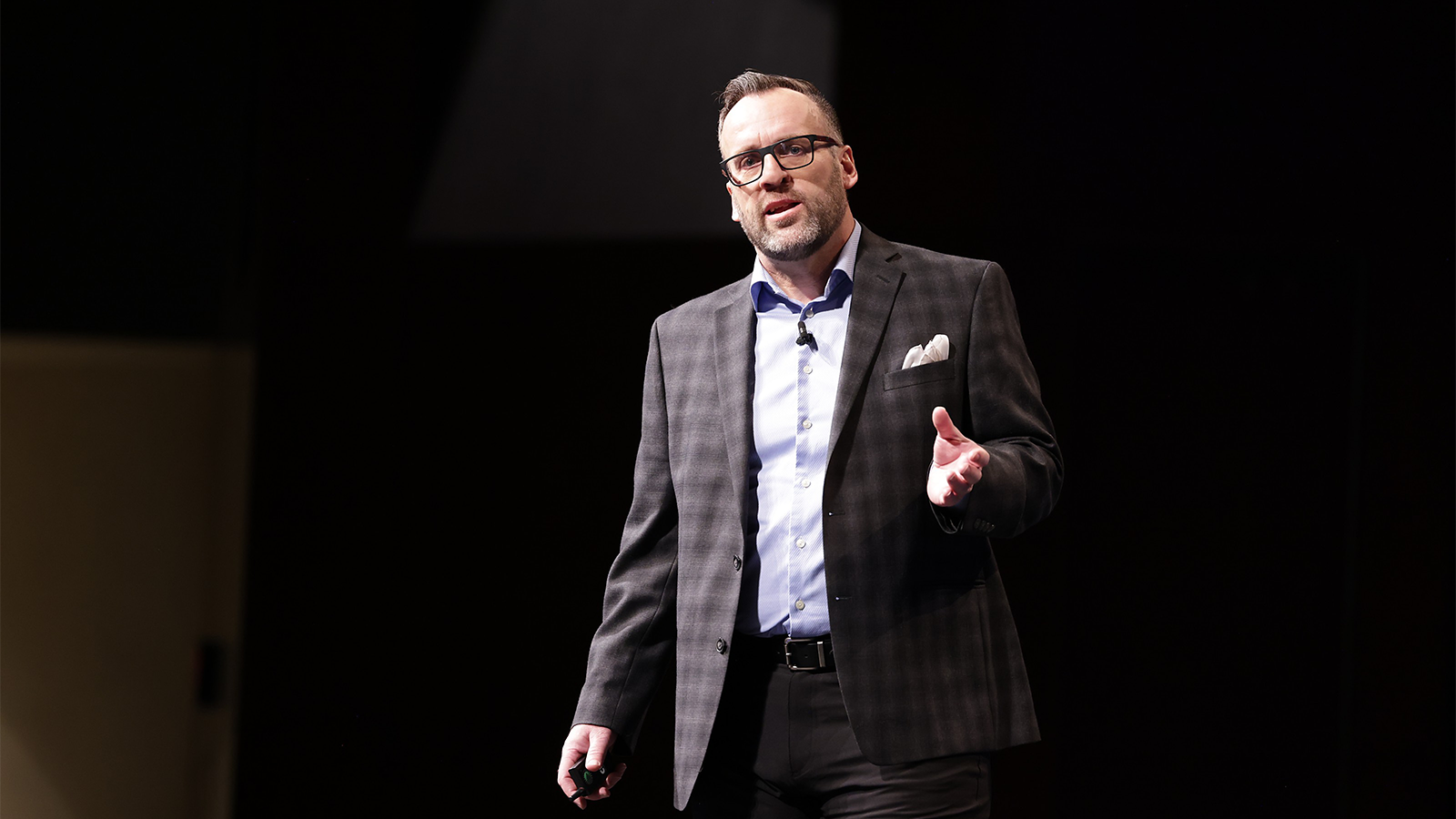Game Changers
How Coaches are Bringing Their Expertise to You
By Adam Stanley
Published on

Information has never been more plentiful than it is these days, Scott Cowx says. There is a ton of free information, all at our fingertips. But if you walked into an aircraft carrier and all the pieces of a 747 are in front of you and you’re told to get to work, well, where do you start?
“The manual to sort through that information,” says Cowx, “is what we’re really paying for.”

Cowx, the 2019 PGA of Canada Teacher of the Year, was on stage at the PGA Teaching & Coaching Summit before the 2023 PGA Show, speaking on how he’s built a social media-driven online academy and consulting business. Through the coronavirus pandemic, Cowx had thousands of coaches learn from him and his 13 swing patterns. Now there are more than 2,700 Scott Cowx Certified instructors worldwide.
Although his home is The Pulpit Club – a renowned facility just north of Toronto – he still teaches online a few days a week. He’s a global instructor who has helped everyone from first-timers to PGA Tour winners with their actions.

And while there was a forced pivot to online, Cowx embraced it. Business is booming. He’s seen students from all around the world – from 48 different countries, to be exact. And many of his pupils would not have been able to get better if they didn’t zip onto Zoom with the friendly Canadian.
“There are 2,700 coaches worldwide who’ve done the certifications and it’s been quite sustainable,” says Cowx. “This time of year I do more online, and when the golf season is nice, I can go back to the club. I enjoy having seasons.”
Cowx, a 29-year member of the PGA of Canada, got his start in golf not unlike most – he wanted to try to get to the PGA Tour. He was working at a busy public club, teaching lessons, and playing tournaments all at the same time and it was difficult, he admits, to balance all those pieces. His father was a schoolteacher, as is his sister, and teaching is in his blood.
“I enjoyed the connection with students on the lesson tee and really helping share the joy of getting better, whether it was a 30-handicapper who never hit the ball in the air finally getting some shots airborne, to obviously developing some of Canada’s best top juniors,” says Cowx. “The look of joy when they do something they don’t think they could do . . . that’s the most tangible joy I get out of coaching.”

After a quarter-century on his feet, Cowx developed some health issues with his lower body and wasn’t able to stand for extended period of time, so he started to transition into the online space for lessons even prior to COVID-19. Video analysis wasn’t new, of course, with plenty of instructors getting swing videos by email, charging a fee, and then providing feedback. Zoom and other video chat software made the exchange more appropriately back-and-forth.
“The problem with online analysis is that it doesn’t give you context. I could do a video, but you can’t ask any questions, or you’ll ask questions afterwards and hope I get back to you. The communication in the online experience is way different than having a conversation live,” says Cowx. “(Lessons on Zoom) are as face-to-face as it can be without being face to face.”
There are still some things that translate better being in-person – Cowx says that a total beginner to golf, who may not know what the heel or toe of the club is, for example, may not find success with online lessons – but Zoom instruction is at least 80 percent effective, he explains. Most of his clients are “swing geeks,” he says with a laugh, so they’ve got enough of a baseline to take advantage of virtual instruction.

Cowx’s pattern-based approach to instruction really took off in 2016 when he was asked by the Danish PGA to do a presentation. Seeing Cowx break the swing down from an anatomical perspective versus a style perspective was well received.
“Golf has always been taught as a style. Whoever the No.1 player in the world is, we’re going to copy them and all going to become great golfers. It’s kind of ludicrous in its own thinking,” says Cowx. “But in the last 10-15 years, there’s been a lot smarter people looking at golf swings. We’re far better off as an industry to know there are multiple solutions for golfers.”
Cowx made upwards of 10 trips to Sweden, Denmark, and the U.K. prior to COVID-19 but when the pandemic impacted travel, he went from 800-or-so coaches to thousands worldwide. He’s got two levels of instruction: Concepts and Advanced Instructor, which takes a culmination of his 29 years of coaching and breaks it down into pattern development “based on anatomical building blocks versus style elements.”
Clarity for his pupils is more important than ever. All the information a golfer needs is available online and instructors these days are being challenged in different ways.
The average golfer can call bulls—t on their golf instructor and that didn’t happen 25 years ago,” says Cowx. “You can’t fudge your way through a golf lesson anymore. That’s where a lot of instructors are moving towards my program because I do think I can point the way in a lot of ways and eliminate a lot of confusion."
“There’s a conceptual framework. If you can light up the path for them, they can walk it.”

Despite the online lesson tee and tremendous global reach of his message, Cowx says a personal connection with his students remains at the core of his business – just like it’s always been with golf instruction.
“Old-school service has gone a long way for me in these online lessons,” says Cowx.
There’s plenty of information out there, and even more ways than ever to get it to golfers. But thanks to a combination of clear messaging and a personal touch, Cowx has been able to have a successful lesson tee – from anywhere in the world.



